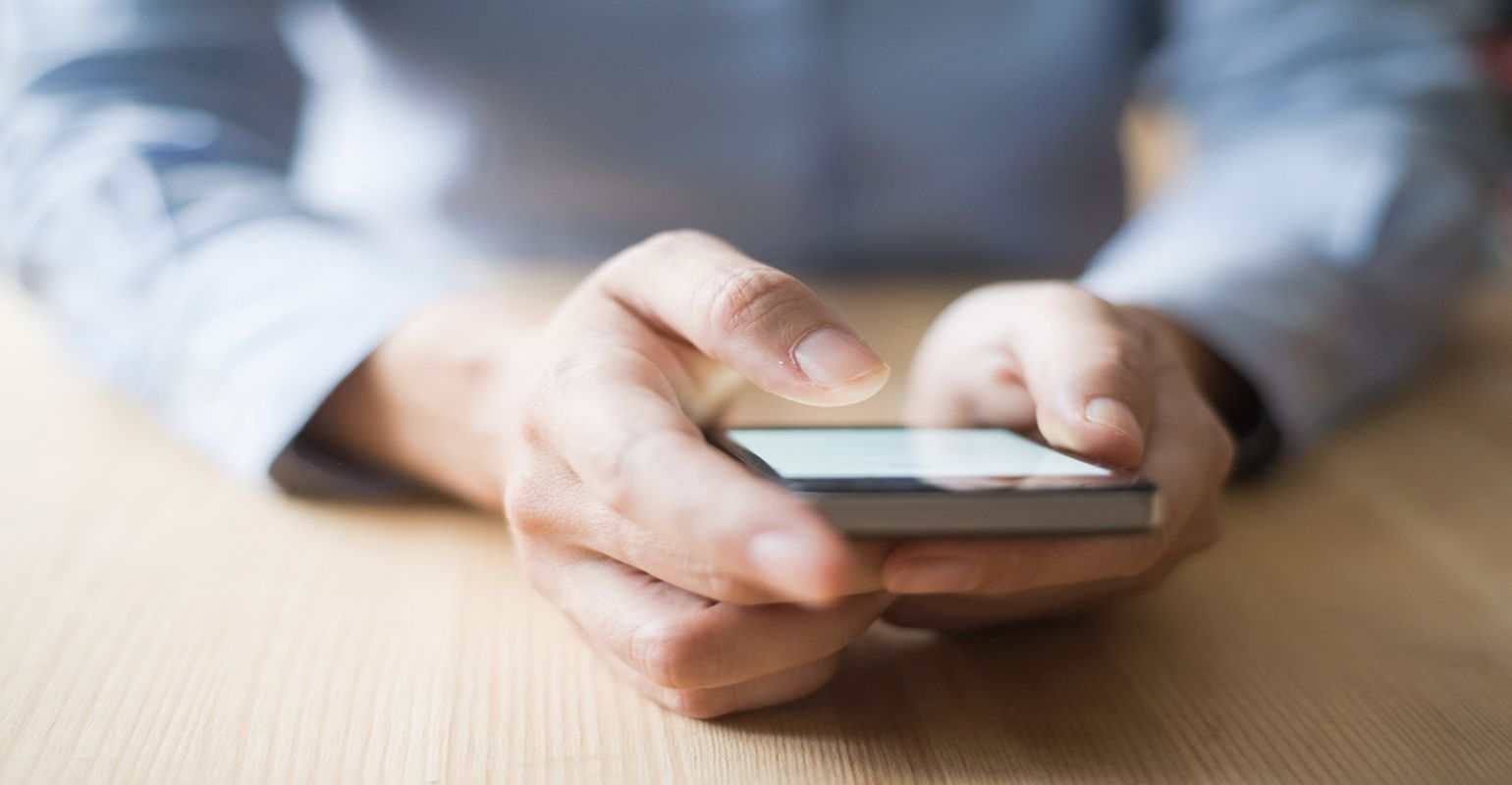Text Messages Quickly Track Healthcare Use During Ebola Outbreak

Text messages aren’t just a way to chat with family and friends-they are a viable method for rapidly gathering information during a public health crisis.
A new study from the NYU College of Global Public Health and NYU Tandon School of Engineering, published in Nature Digital Medicine, used text message surveys to determine in real time how people used maternal health services during a recent Ebola outbreak and measured a drop in hospital-based births during the outbreak.
“Sourcing data from individuals directly, such as through mobile phones, has the potential to provide windows into public health phenomena, especially during an acute situation like an Ebola outbreak,” said Rumi Chunara, assistant professor of computer science and engineering and global public health at NYU and the study’s senior author.
“While text messages will not replace national surveys, they can capture changes in health behavior more nimbly. With appropriate methodological approaches, they can be a valuable tool for population health intelligence that allows us to quickly target the affected regions with public health messaging or deploy appropriate interventions.”
Public health emergencies profoundly affect local health care systems and-as seen in the 2014-2016 Ebola outbreak in West Africa-can overwhelm clinics, erode public trust, and decrease healthcare utilization.
“During the Ebola outbreak, it was suspected that people were hesitant to go to hospitals because they would be more likely to contract Ebola. If you want to deploy treatment or interventions, you need to know if people are coming to hospitals or staying in their communities,” said Chunara.
Routine data collection systems, such as surveys of households or health facilities, can take months to collect and analyze and are often disrupted by emergencies in regions with weaker infrastructure.
Mobile technology has emerged as a promising tool for collecting data quickly, at a low cost, and across regions that are difficult to reach. While cell phones are prevalent around the world-including in Liberia, where 81 percent of the population had a cell phone subscription in 2015-questions nonetheless remain about the accuracy of the data generated by text polls. Cell phone users are often younger, more educated, and able to afford a phone, so may not be representative of the general population.
In this study, Chunara and her colleagues conducted a poll via text message to ask Liberians about their health, focusing on maternal health services. Participants were asked 10 questions, including whether they knew anyone with Ebola, whether they recently gave birth, and if so, where they delivered (in a government hospital or clinic, a private hospital or clinic, at home or someone else’s home, or another location). Responses were collected from 6,694 individuals from March to June 2015.
Chunara and her colleagues then used a method called propensity score matching to make the data from their text message poll comparable with the 2013 Liberian Demographic Health Survey, the most recent national survey of women of reproductive age. The researchers matched cell phone poll participants who reported giving birth within the past year with women who reported a birth in the 2013 Demographic Health Survey.
Participants in the cell phone poll were generally more educated than the population in the Demographic Health Survey, but propensity score matching enabled the researchers to balance the populations across factors such as age, occupation, education, and location.
“Using these statistical methods to adjust for the populations being different, we were able to make sure we were comparing apples to apples and generating matched groups across which to compare outcomes,” Chunara said.
After matching, the researchers saw that hospital-based deliveries were significantly lower during the Ebola outbreak compared with after the outbreak. This was consistent with the findings of many retrospective studies of health care utilization in the Ebola outbreak.
Using text messages to directly assess behaviors also enabled the researchers to measure whether people were using public versus private hospitals. This has been a challenge in other studies of health care utilization, which rely mainly on government data sources that only capture public facilities.
The researchers observed similar drops in births in public and private facilities. After the outbreak, the proportion delivering in public hospitals returned to baseline levels; the proportion delivering in private facilities also increased.
Using text messages to rapidly gather information directly from citizens has utility beyond Ebola. For instance, the flu and other respiratory infections often go unreported because most people do not go to a doctor (and are often told to stay home to avoid infecting others). However, capturing this information directly from people in the community, rather than just relying on clinical data, could be useful in monitoring a flu epidemic-and text messaging could play a role in gathering data in the community.
In addition to Chunara, study authors include Shuo Feng of the University of Waterloo and Karen A. Grépin of Wilfrid Laurier University. The research was supported by the International Growth Centre and the National Science Foundation (1643576 and 1737987).
Source: New York University